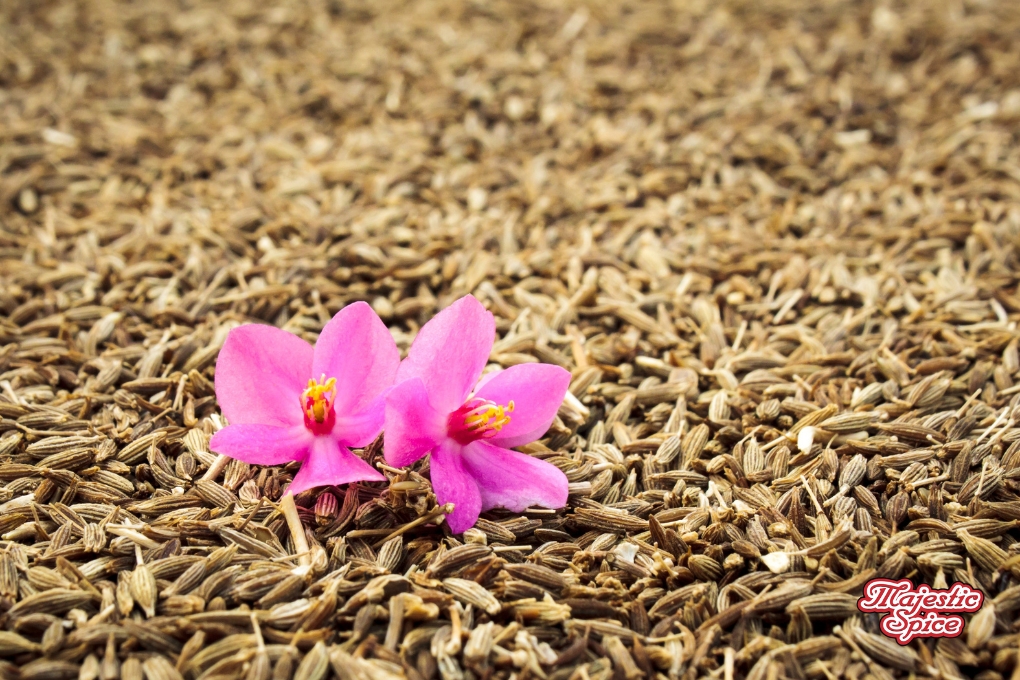How Climate Change is Reshaping the Spice Industry
Feeling the Heat: How Climate Change is Reshaping the Spice Industry
Climate change affects everyone, and the spice industry is no exception. As the world gets warmer and weather patterns shift, growing spices becomes harder. This article focuses on how these changes are impacting spice production in two key places: the USA and India.
The Situation in the USA
The United States, with its diverse climates, creates a varied landscape for agriculture, including the growing of spices. These differences in regional climates mean that climate change affects each spice-growing area in different ways, bringing specific challenges to each region.
Impact of Climate Change:
- California: Known for producing high-quality garlic and chilies, California has faced prolonged droughts, affecting water availability for irrigation and increasing reliance on groundwater, which is not sustainable in the long term.
- Import Dependency: The USA imports a significant amount of its spices. Disruptions in global spice production, like those in India and Indonesia, therefore, have a direct impact on spice availability and prices in the US market.
- Adaptation Strategies: American spice farmers and companies are increasingly turning to technology and sustainable farming practices, such as drip irrigation, solar-powered greenhouses, and organic farming, to mitigate the impacts of climate change and ensure stable production levels.
India: Disruption of the Monsoon Season
In India, the monsoon season is a critical time for agriculture, as the rains are essential for irrigating crops, including spices. The country produces a large variety of spices, such as black pepper, turmeric, and cardamom, which are heavily dependent on the timely arrival and consistent levels of monsoon rains.
Impact of Climate Change:
- Irregular Monsoons: Climate change has led to more erratic monsoon patterns, with rains arriving later than usual or being unevenly distributed across regions. This unpredictability makes it difficult for farmers to plan sowing and harvesting activities, which are timed around the monsoons.
- Water Scarcity: Inadequate monsoon rains result in water shortages, affecting the health of spice crops that require specific water conditions. Conversely, unexpected heavy rains can lead to flooding, which damages crops and soil structures.
- Economic Impact: Fluctuations in spice production due to disrupted monsoons lead to unstable market supplies, which can cause significant price volatility. This not only affects local economies dependent on agriculture but also impacts global spice markets where these spices are exported.
Adaptive Strategies in the Spice Industry
- Innovative Farming Techniques: Farmers are experimenting with new agricultural practices such as altering planting times, using water-conserving techniques, and applying organic mulching to enhance soil moisture retention.
- Technological Advances: The use of technology, including satellite imagery and AI for precision farming, helps optimize water usage and crop monitoring, reducing the impact of climatic unpredictability.
Sustainable Practices and Industry Response
- Sustainability Initiatives: Companies are increasingly investing in sustainable farming methods that minimize environmental impact and support long-term agricultural health. Practices like organic farming and reduced use of chemical inputs are becoming more common.
- Consumer-Driven Change: Increased consumer awareness of sustainability issues is pushing companies toward more responsible production practices. Certifications such as Fair Trade and Rainforest Alliance are encouraging sustainable and ethical farming by ensuring farmers receive fair compensation and engage in environmentally friendly practices.
The spice industry is at a crossroads, facing significant challenges from climate change. However, through a combination of innovative agricultural practices, technological advances, and a strong commitment to sustainability, there is a clear path forward. As consumers, supporting sustainable and ethically produced spices is crucial for driving positive change in this essential global industry. For companies, adopting sustainable practices, learning to adapt, and implementing technology in this fast-changing world can make a significant difference.


